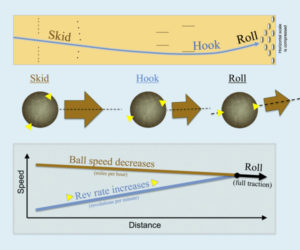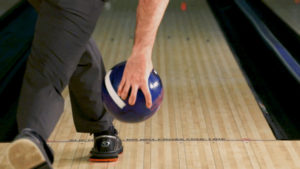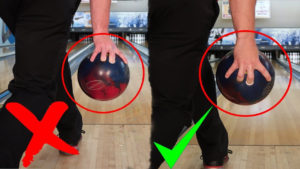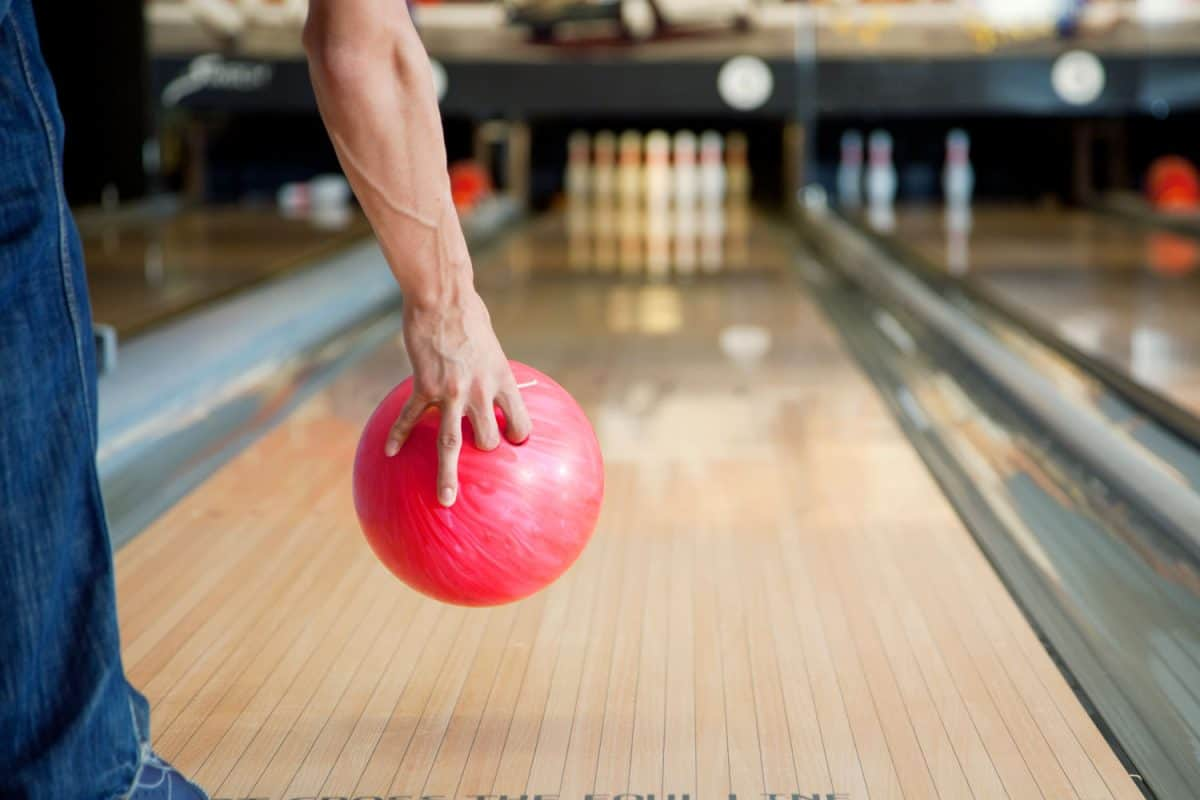When it comes to bowling, nailing that perfect hook shot can feel like magic. But, like any good magic trick, it’s less about luck and more about the right tools and technique. That’s where the right hook bowling ball comes into play. By understanding the dynamics of bowling balls and mastering the hook technique, you can significantly improve your scores.

Contents
What Is A Hook In Bowling
It refers to a shot where the bowling ball curves in its path towards the pins, instead of rolling straight. This curve is achieved by imparting a side rotation to the ball at the point of release. The hook shot, when executed properly, can lead to more strikes and higher scores because it allows the ball to hit the pins at an optimal angle.
Tips to Master The Hook as a Beginner
- Choose the Right Ball: Opt for a ball designed for hook bowling with a reactive resin coverstock, providing the needed friction for hooking.
- Maintain Wrist Position: Keep a stable wrist position throughout the swing and release, envisioning your arm as a pendulum to control the hook.
- Practice, Practice, Practice: Nothing beats actual bowling experience. Spend time practicing your release at the alley to naturally develop the hook motion.
- Observe and Learn: Pay attention to bowlers with a good hook shot. Learn from their technique and try to replicate it.
How To Choose The Right Bowling Ball For Hook
A bowling ball’s performance is influenced by several factors
- Weight: The weight of the ball plays a vital role in hook potential. A heavier ball tends to hook more as it carries more energy and can counteract lane oil better. However, you should choose a weight that you can comfortably handle to maintain control and avoid injury.
- Coverstock Material: Coverstock is the material on the outside of the bowling ball. For hook shots, a ball with a reactive resin coverstock is often recommended. This material is tackier and creates more friction with the lane, leading to a sharper hook.
- Core Design: The ball’s core affects its spinning motion. Bowling balls for hooking often have an asymmetrical core, which helps generate more angular motion and hook potential.

Which Ball NOT to Choose When Making a Hook
Plastic or Polyester bowling balls
These are typically used by beginners and are designed for straight shots due to their low friction surface, making them ill-suited for hook bowling.
Light-weight balls
They might seem easy to handle but can lack the necessary momentum to counteract the lane oil and create a significant curve.
Balls with symmetrical cores
They are not optimal choices for hook shots as these designs promote a more stable, straight-line path, limiting the potential for a strong hook.
How to Make the Perfect Hook
Here’s a simple step-by-step guide to help you master the hook shot:
- Proper Ball Grip: Hold the ball with your thumb in the thumb hole and your two middle fingers in the other two holes. Your fingers should only go up to the second knuckle.
- Body Alignment: Align your body with the lane, positioning your left foot slightly forward if you’re right-handed and vice versa. Keep your knees slightly bent and relax your body.
- The Release: As you approach the foul line, bend your elbow and rotate your hand until your thumb points down. Release the ball, letting it come off your fingers. This rotation creates the desired hook by imparting side spin.
- Follow Through: Fully extend your arm after releasing the ball. Point your hand towards the pins you want to hit, as if shaking hands with them.

Common Mistakes to Avoid When Making a Hook
There are several mistakes bowlers often make when trying to execute a hook shot. Here are a few to watch out for:
- Gripping the Ball Too Tightly: A tight grip hinders a smooth release for a hook shot. Keep your grip relaxed for the necessary wrist motion.
- Incorrect Wrist Position: Maintain a firm and straight wrist throughout the swing and release, avoiding stiffness or excessive relaxation.
- Forcing the Hook: Forcing a twist to create the hook can result in an unstable shot. The hook should come naturally from finger rotation during release.
- Ignoring Ball Maintenance: Even the best balls can wear out. Regular cleaning and resurfacing help maintain the ball’s hook potential.
- Choosing the Wrong Ball: Using a ball that’s too heavy, too light, or with the wrong coverstock or core design can affect your ability to achieve a good hook. Choose a ball suited to your style and the lane conditions.
How To Caring Your Bowling Ball
Taking care of your bowling ball is an essential aspect of maintaining its hook potential.
- Clean Regularly: After every bowling session, wipe your ball down with a specially designed bowling ball cleaner. This helps remove lane oil, dirt, and debris that can clog the pores of the ball and affect its movement.
- Resurface Periodically: Bowlers often neglect this step, but it’s crucial to keep the ball’s reactive surface in optimal condition. Consider having your ball professionally resurfaced every 60 games or so.
- Store Correctly: When not in use, store your ball in a bowling ball bag in a room-temperature environment. Avoid extreme temperatures as they can cause the ball to crack.

Final Thoughts
Mastering the hook shot in bowling is an art and a science. It requires the right equipment, an understanding of mechanics, and practice. A well-executed hook can significantly enhance your game. It’s not just about the ball; it’s about how you use it. Choose a ball that suits your style and lane conditions, maintain it properly, and refine your technique.

Allow me to introduce myself – I’m Eric Wilkinson, a true bowling aficionado. The world of bowling culture has always fascinated me, and I’ve made the exciting decision to share my passion through writing. As I embark on this blogging adventure, my goal is to provide fellow enthusiasts with valuable insights, tips, and captivating stories. Through my blog, I hope to ignite a deeper appreciation for the sport and foster a sense of community among fellow bowlers. Join me on this thrilling journey as we explore the vibrant world of bowling together.
